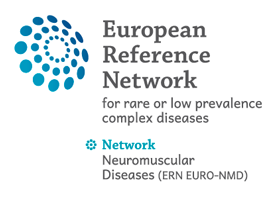01 Oct 2017
Myasthenia gravis: new developments in research and treatment
Authors:
Evoli A
Purpose of review
Myasthenia gravis, a rare disorder of the neuromuscular transmission, is increasingly acknowledged as a syndrome more than as a single disease. This review summarizes recent advances in pathophysiology which confirm the disease heterogeneity, and may help find disease-targeted and patient-targeted therapies.
Recent findings
Antibodies to the acetylcholine receptor, the muscle-specific tyrosine kinase and the lipoprotein receptor protein 4, characterize disease subtypes with distinct clinical traits and immune-pathogenic mechanisms. Genome-wide approaches have identified susceptibility loci within genes that participate in the immune response. Regulatory T and B cells appear to be defective in myasthenia gravis. In patients with acetylcholine receptor antibodies, thymectomy associated with prednisone proved more effective than prednisone alone in a multicenter randomized trial. New therapeutic options target B cells, B-cell growth factors and complement inhibition, and are currently reserved for patients with refractory disease.
Summary
In the recent past, there has been an active search for new antigens in myasthenia gravis, whereas clinical and experimental studies have provided new insights of crucial pathways in immune regulation, which might become the targets of future therapeutic interventions.

